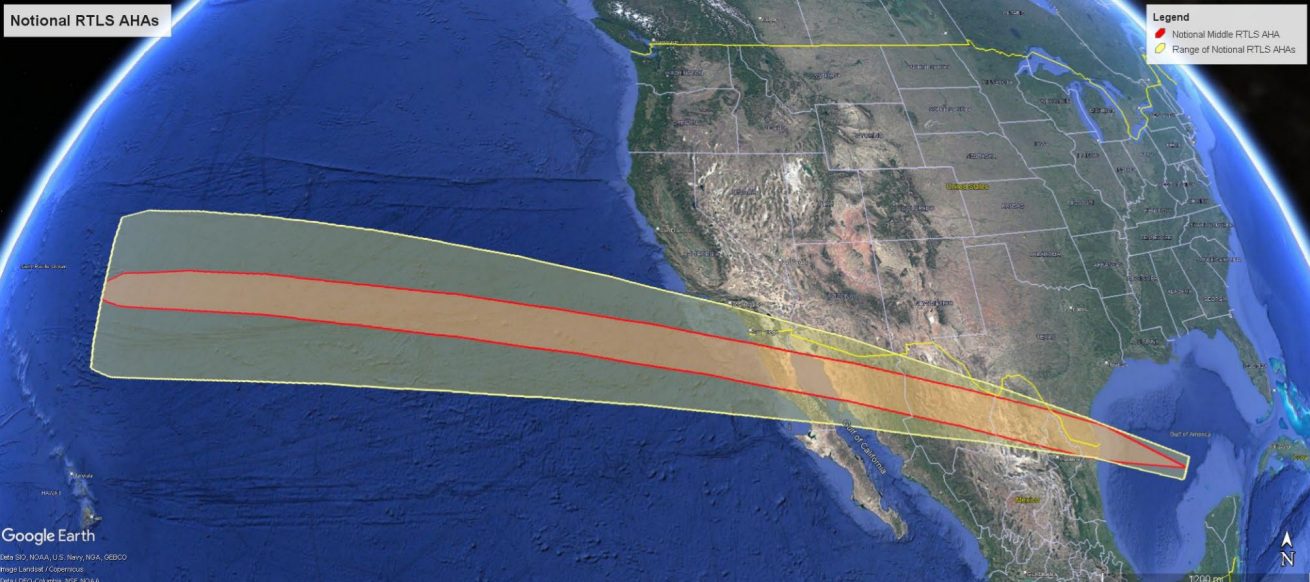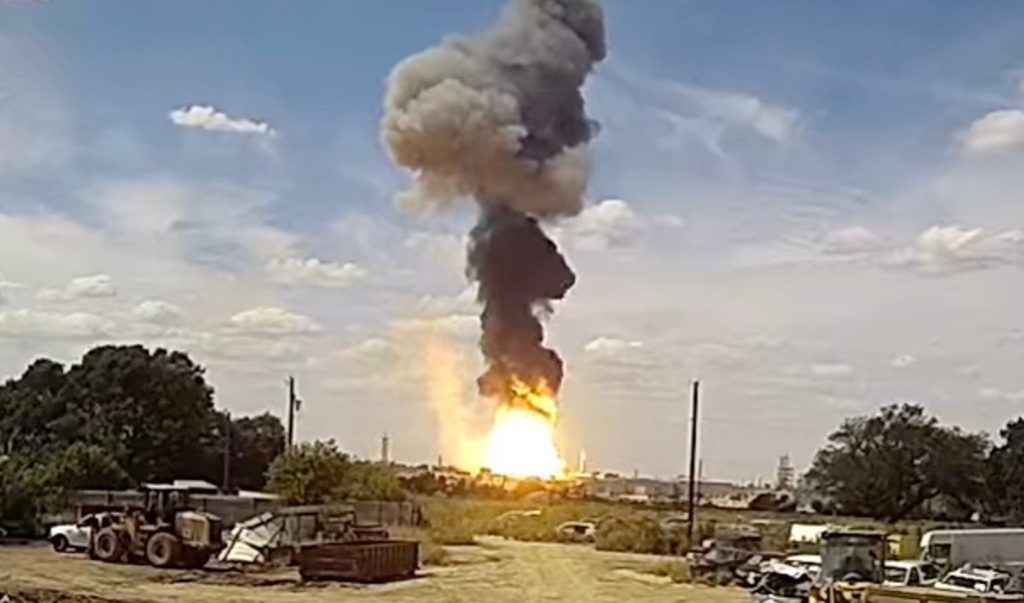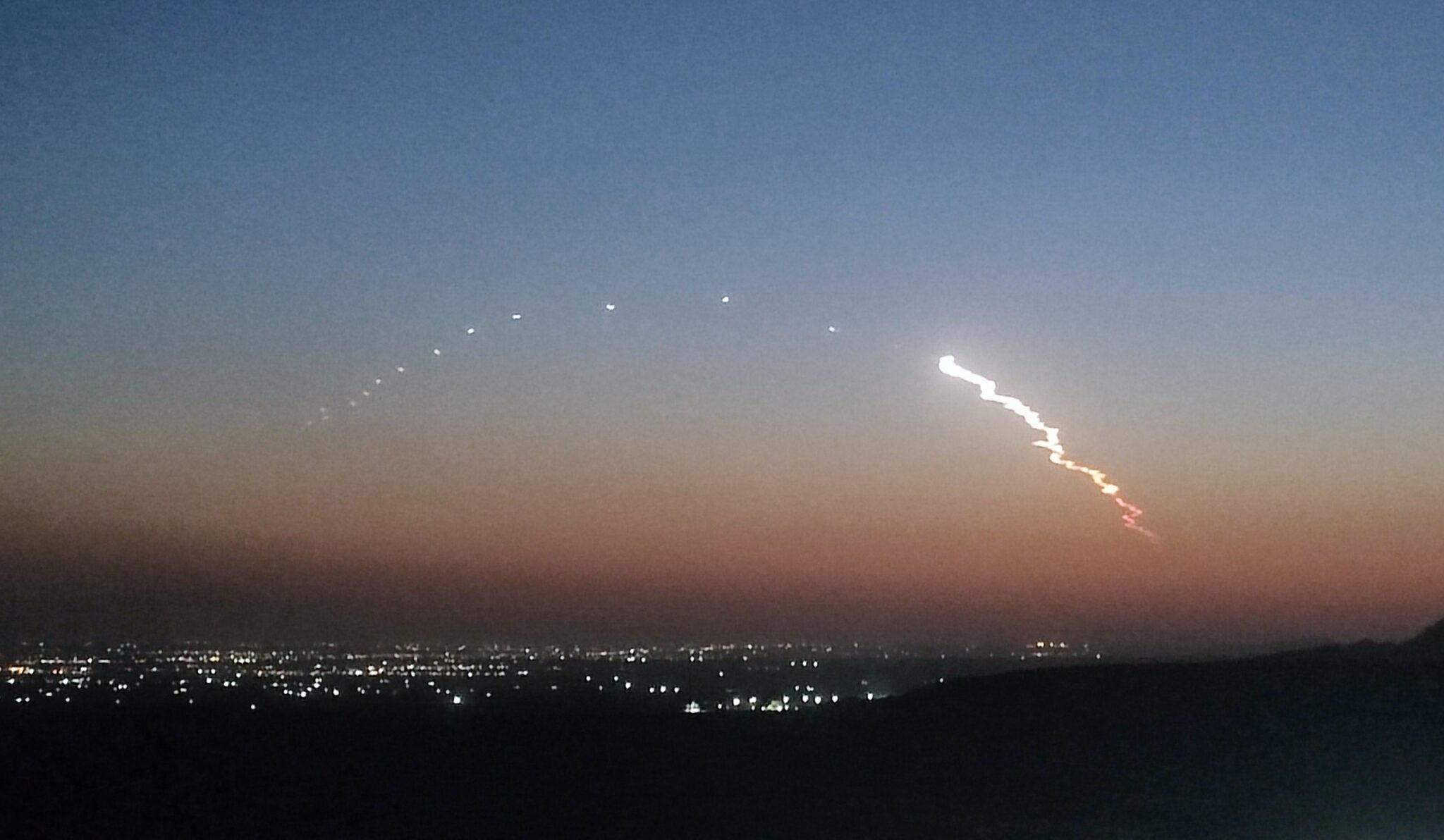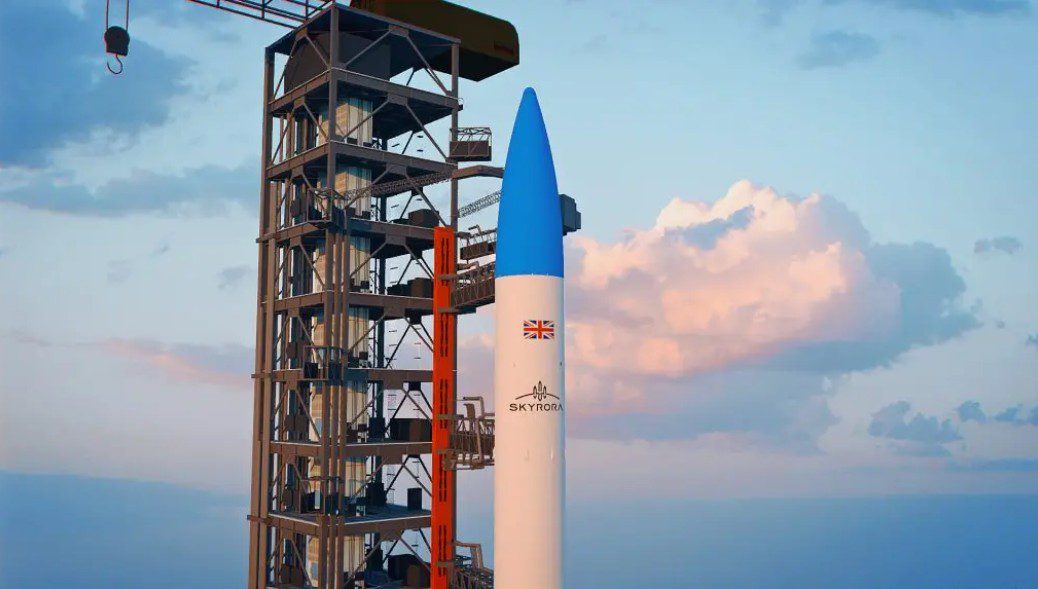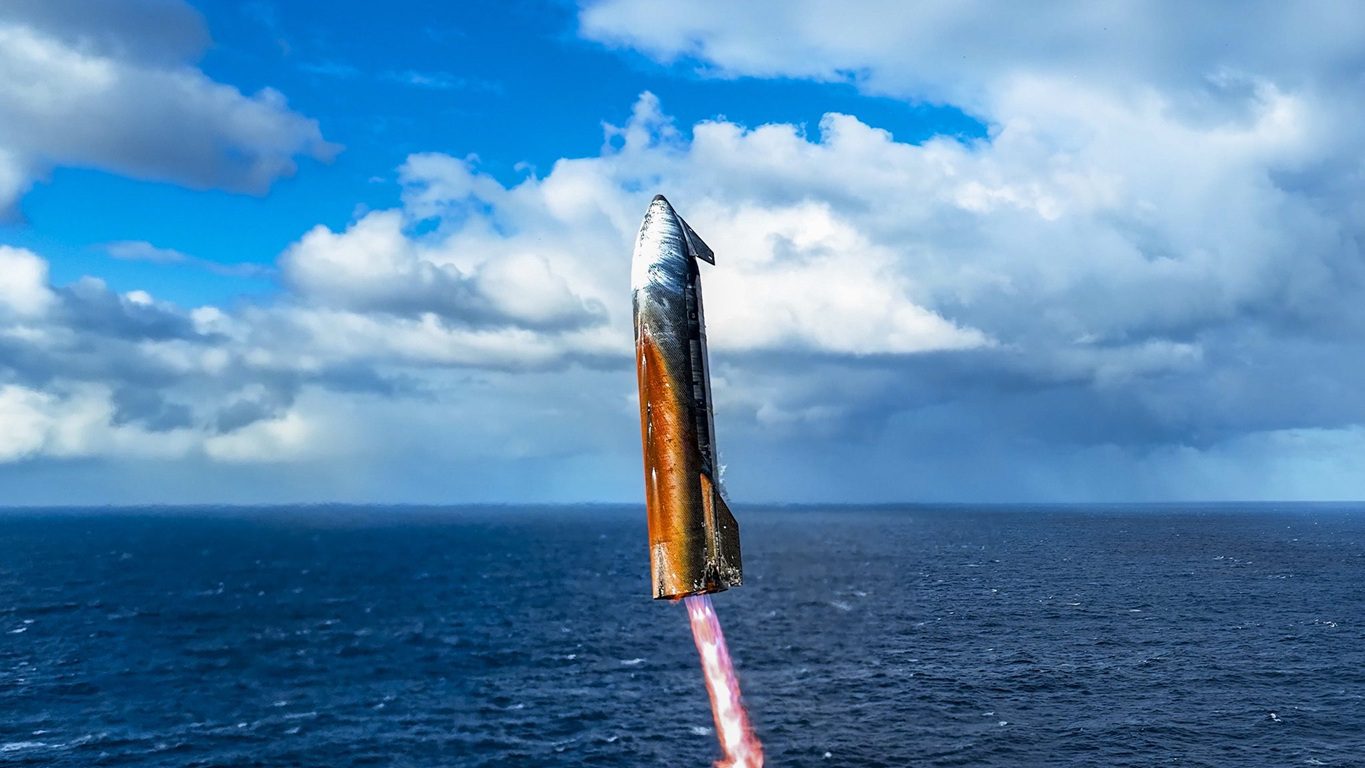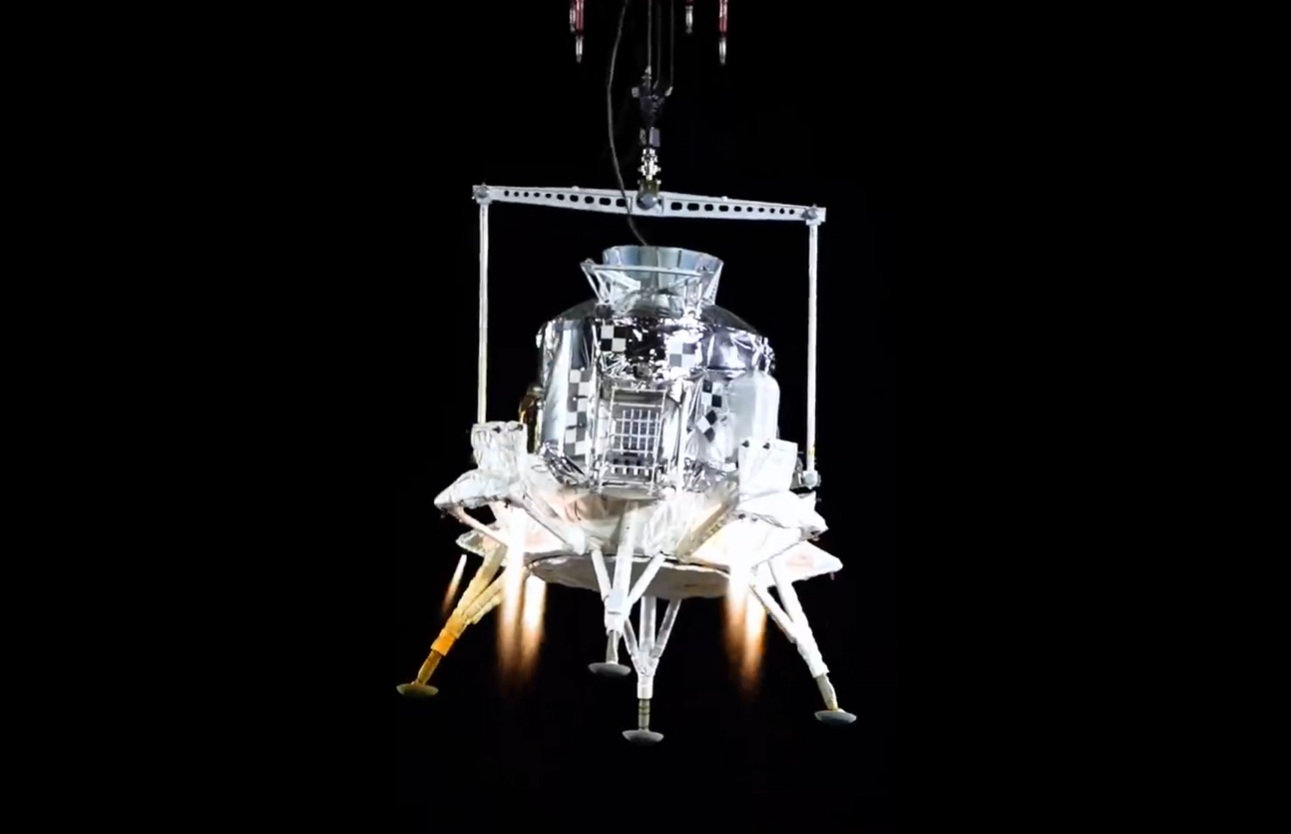The International Astronautical Congress (IAC) is arguably the most important annual meeting of the world’s space agencies. This year, the 65th IAC event was held 29 September – 3 October in Toronto, Canada. Attendance, while slightly down on previous years, remained at a healthy 3,100.
IAC attendees include engineers, scientists, diplomats and administrators from the space agencies, as well as salesmen and exhibitors from space companies, press, students and retirees. Apart from the main plenary discussions, technical sessions and committee meetings, hundreds of behind-the-scenes meetings take place that often lead to business and international agreements at a later date.
The Venue:
This year’s IAC was held at the Metro Toronto Convention Centre, close to the famous CN Tower.
The lecture rooms were good though would have been advantageous for the lectures/presentation orders to be put on a clear sheet outside each room. Importantly, however there was very little distance to be walked between lectures and the exhibition area. The toilets were clean, albeit of the North American “too much gap” at the bottom of the door type, making one fearful of curious short persons, or deranged limbo dancers were passing by. The Intercontinental conference hotel was good, albeit that it was a fairly long walk to the venue to which it was officially connected. The overall organisation of the conference was very good.
Apart from a free reception were other non-free ticketed events laid on including the official gala dinner and a booze up at a local brewery. Even better were ticketed visits to the Niagara Falls, with lunch and wine tasting, held during and at the end of the Congress.
The reception itself was enjoyable with good food. However, there was some parsimony evident. Only two drinks coupons were given out. This tight-fistedness was evident in other areas with reports of official “breakfast meetings” having no breakfasts provided. This black mark against the organisers was compounded by their boast announced at the opening ceremony that despite being officially non-profit-making, the Congress was $100,000 “in the black”.]
The City
Toronto itself is a modern 21st Century city with good business links to the outside world. The city centre looks very modern though there are nods to the past with an old city area. Toronto is a friendly, youthful city which has had influxes of different groups of migrants over the years. Most obvious is the large Chinese community which is has 400,000 Chinese and there is a large vibrant “Chinatown” quarter within the city.
While Toronto has a huge suburban area, its city centre is relatively compact so that you can walk most of it, or, failing that, take a tram or metro. One unexpected downside is that, like many other business cities, Toronto has a lot of beggars and homeless. One sadly had a sign saying: “You can verbally abuse me for $$.”
While such begging is rife, on the other hand, this city feels much safer than its US equivalents. Toronto’s Metropolitan police do carry guns (Glock pistols actually) probably due to the city’s relatively close proximity to the US border.
The other downside of this city is the weather which ranges from the very hot to the very cold even if Ontario is one of this mildest of Canadian states in this regards. As host of the IAC, the Head of the Canadian Space Agency, Walter Natyncyk, was right to warn attendees not to become enamoured with what is a very attractive city until they have visited in January “when we have two feet of snow.” Even during the weekend to weekend period of the show, the temperature went from a balmy 28OC to a chilly 10OC as the Fall/Autumn finally arrived.
Toronto has perhaps three main tourist attractions. While Toronto has a good selection of museums, it is the CN Tower that Toronto has become most famous for. Views from the top are swoon-inducing, and even just its outside is impressive, as its “space age” architecture make it look like rocket skewering a flying saucer.
The second main tourist attraction is Lake Ontario itself. Whether viewed from the bars located on the quayside, or by actually taking a boat trip on it, tourists can appreciate that Toronto is blessed to be beside this great lake.
The final tourist destination is not near the city at all, but is, in fact, a 90 minutes bus or car ride away. You have guessed it: it is the world famous Niagara Falls. The Canadian falls side is said to the better side to view them but you can take a boat trip to see both main sets of falls.
Opening Ceremony
The opening ceremony on the morning of the first day was held slightly off site at the Sony Centre for Performing Arts Theatre. A piper marched in with two Canadian Mounted Police “Mounties” (sans horses) and Canadian astronauts, David Saint-Jacques and Jeremy Hansen, acted as MCs for the gig, supported by their more famous former astronaut colleague, Chris Hadfield. Their delivery was highly amusing and some of the computer-generated backdrops were stunning.
Welcoming speeches were made by IAF President Hiyoshi Higuchi and Canada’s Minister of Industry, the Hon James Moore MP. Entertainments included skaters and a limited (and slightly disappointing) juggling and acrobatic performance by members of Cirque Du Soleil.
While “tokenism” should not be encouraged, it was surprising that there were virtually no female speakers, especially given that the International Institute of Space Law (IISL)which co-sponsored the Congress, has a female president, Tanja Masson-Zwaan. She briefly appeared on stage at the end.


